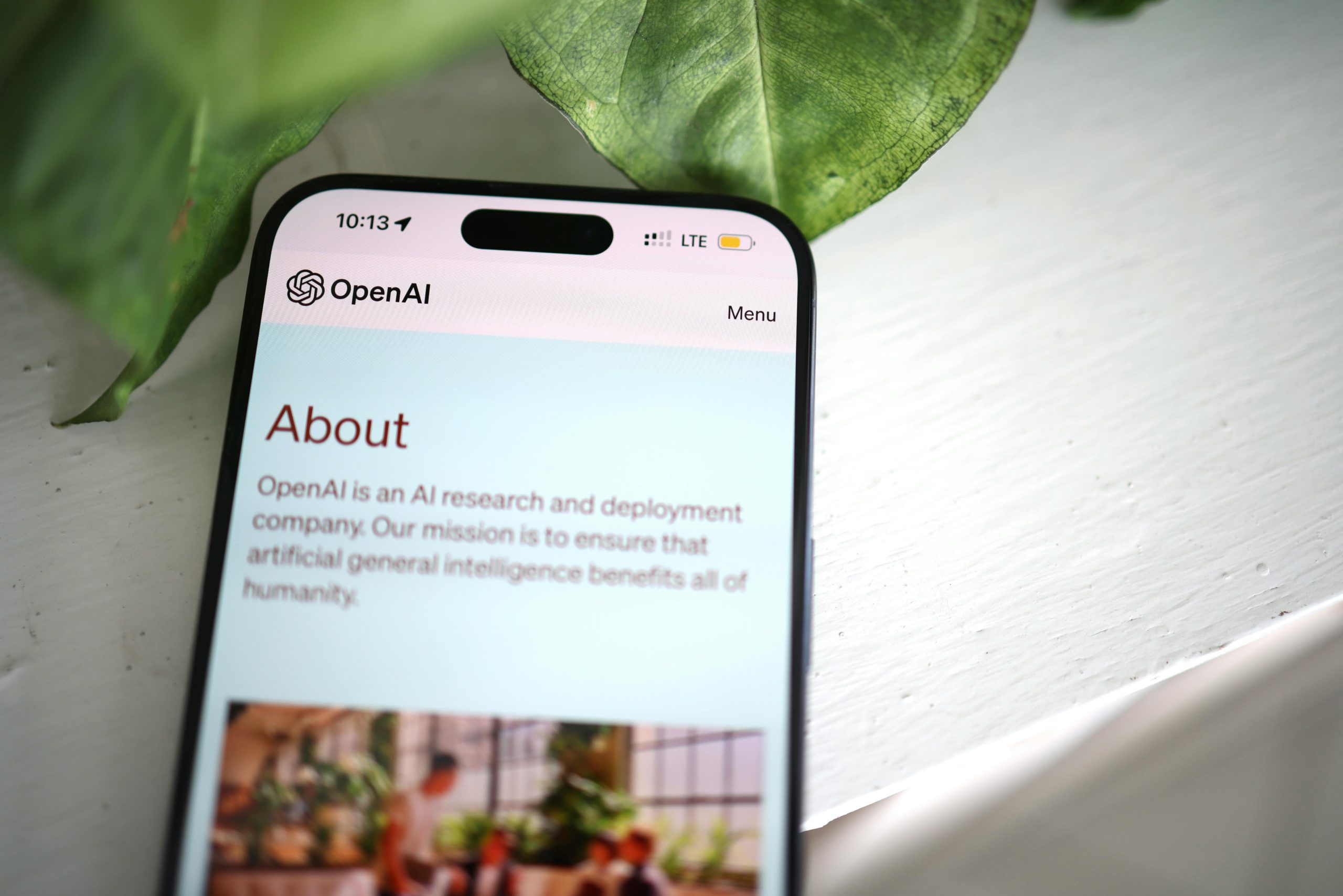OpenAI has introduced its latest and most expensive AI model, the o1-pro, designed to deliver enhanced reasoning capabilities for developers tackling complex problems. Available through OpenAI’s developer API, the o1-pro promises improved computational power and performance but comes with a steep price tag, sparking discussions about its accessibility and value.
Why it matters: The launch of o1-pro highlights OpenAI’s ambition to push the boundaries of AI technology. However, its high cost raises questions about affordability and adoption, especially for smaller developers.
Pricing Structure: The o1-pro is priced at $150 per million input tokens (approximately 750,000 words) and $600 per million output tokens. This makes it twice as expensive as OpenAI’s GPT-4.5 and ten times the cost of the standard o1 model. For comparison, GPT-4.5 charges $75 for input tokens and $150 for output tokens.
OpenAI justifies the pricing by emphasizing the model’s ability to “think harder” and provide more reliable responses to challenging tasks. According to an OpenAI spokesperson, “o1-pro uses more computation than its predecessor to deliver consistently better answers.”
Key Features and Capabilities: The o1-pro introduces several advanced features aimed at improving reasoning and analysis:
- Extended Context Window: Supports up to 200,000 tokens, allowing for deeper exploration of complex queries.
- Structured Outputs: Ensures responses conform to developer-defined JSON schemas.
- Image Inputs: Accepts visual data alongside text inputs for enhanced versatility.
- Integration with Responses API: Enables developers to create AI agents capable of interacting with web searches and other tasks.
Despite these improvements, early benchmarks suggest the performance gains may be incremental. Internal tests show that while o1-pro performs slightly better in coding and math problems compared to the standard o1 model, It struggled with simpler tasks like Sudoku puzzles and optical illusion jokes. Additionally, OpenAI’s o3 AI model showed impressive reasoning capabilities but puzzles researchers with its own unique issues.
Target Audience: Access to the o1-pro is currently restricted to select developers who have spent at least $5 on OpenAI’s API services. This selective approach allows OpenAI to gather feedback from experienced users before potentially expanding access.
The model is primarily targeted at high-stakes applications in fields such as scientific research, medicine, and technology. Developers working on advanced reasoning tasks may find the model’s capabilities worth the investment.
Consumer Implications: For businesses and developers considering the o1-pro, the decision hinges on balancing cost against utility. While its advanced features are appealing for specialized use cases, the high price may deter smaller organizations or those with limited budgets.
Critics argue that the pricing strategy creates an artificial barrier that could limit innovation among independent developers. However, OpenAI is betting that enterprises working on complex projects will prioritize performance over cost.
Industry Impact: The introduction of o1-pro underscores a growing trend in the AI industry toward premium models designed for niche applications. As competitors like Anthropic and Google continue to develop their own advanced AI systems, OpenAI’s pricing strategy could influence how other companies position their offerings.
Looking ahead, OpenAI’s o1-pro represents both a leap in AI capabilities and a challenge in ensuring accessibility. Its success will depend on whether developers find its performance improvements compelling enough to justify the cost.




















